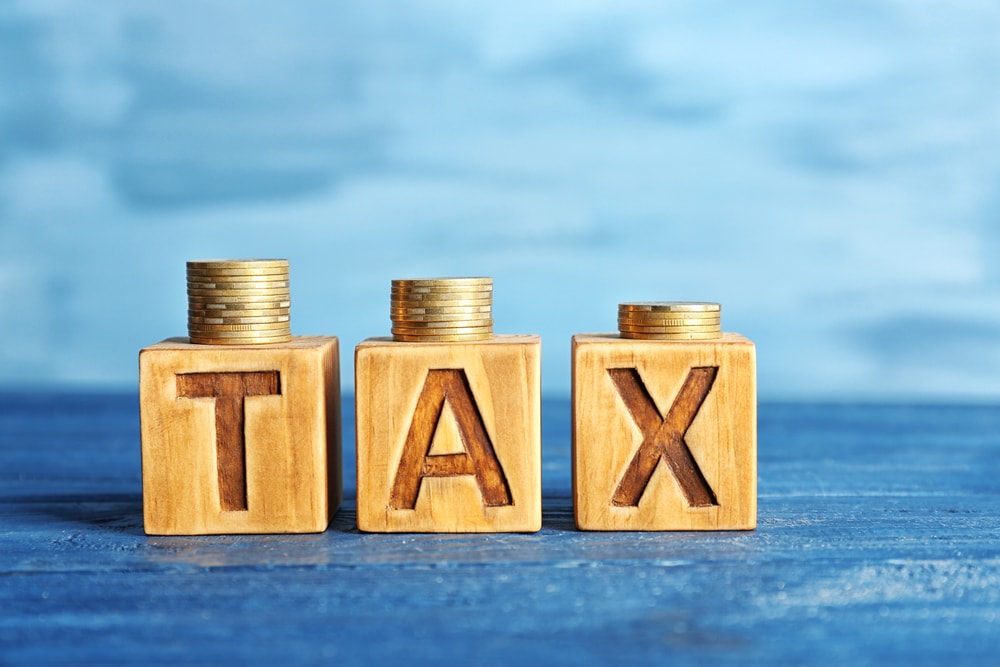The number of individuals paying dividend tax is expected to hit a record high of 3.67 million in the 2024/25 tax year, according to a freedom of information (FOI) request from Quilter.
The figures from HMRC showed that the number of people paying dividend tax was estimated to have increased from 1.9 million in 2022/23 to 3.08 million in 2023/24, and to have risen further to 3.67 million in 2024/25.
Quilter said that the data revealed the full extent of the dividend tax squeeze facing investors following successive cuts to the dividend tax-free allowance.
The allowance was reduced from £2,000 to £1,000 in April 2023 and halved again to £500 in April 2024.
HMRC’s figures showed that this policy had “dramatically” widened the scope of the tax, with the number of dividend taxpayers remaining broadly flat between 2020/21 and 2022/23 before the forecast increases.
When the allowance reductions were first announced, HMRC estimated that 635,000 individuals would be brought into paying dividend tax in 2023/24, with a further 1.12 million affected in 2024/25.
However, updated modelling based on more recent income data estimated the figures to be 865,000 and 480,000 respectively.
The allowance cut to £500 in April 2024 was forecast to raise £450m in 2024/25, rising to £810m in 2025/26, £860m in 2026/27, and £940m in 2027/28, according to HMRC’s latest data.
While the amounts owed by individual investors was expected to be modest, Quilter said the FOI request showed a significant expansion of the taxpayer base and a growing compliance burden.
“These figures show just how quietly but effectively the tax net is expanding,” commented Quilter tax and financial planning expert, Rachael Griffin.
“What was once a niche tax affecting a relatively small group of higher earners and business owners is now impacting millions of everyday investors, many of whom are basic rate taxpayers.
“More than 1.1 million basic rate individuals were expected to owe dividend tax in 2024/25. For many, this will have come as a surprise, especially if they hold only modest investments outside ISAs or pensions.
“The government has made clear that it expects to raise hundreds of millions in additional revenue from these changes, and the figures show it is well on track to do so. But the cost isn’t just financial, the complexity of compliance is growing, particularly for those unfamiliar with the tax system. This policy seems at odds with Labour’s desire to get more people investing.
“As interest rates start to fall and the appeal of cash wanes, more people will look to investing as a way to grow their money. But the tax environment is becoming harder to navigate.
“Making full use of ISAs, pensions and other tax-efficient wrappers has never been more important, especially for those supplementing their income or planning to pass on wealth to the next generation.”
Latest News
-
Looking back: Top 10 most-read stories of 2025
-
Utmost Group sells BPA arm to focus on wealth solutions business
-
Financial executives expect AI to ‘revolutionise’ wealth management
-
People moves: HSBC Private Bank, Fidelity, W1M, and Titan Wealth
-
Charles Stanley merges asset management and research teams into chief investment office
-
IHT receipts set for another record year as CGT take continues to rise
© 2019 Perspective Publishing Privacy & Cookies




.jpg)


Recent Stories